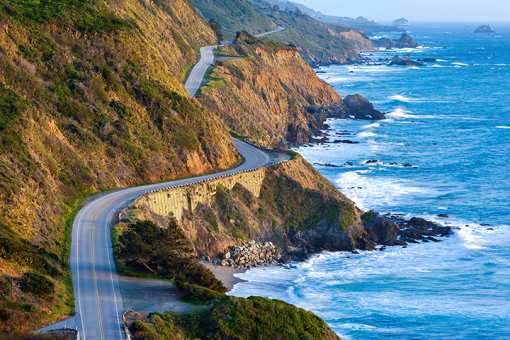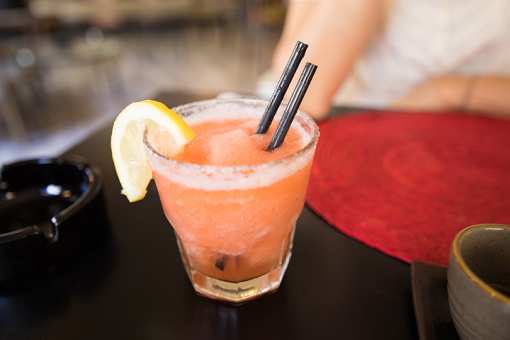About Us:
La Mision de Maria Santisima Nuestra Senora Dolorosisima de la Soledad (Mary Most Holy, Our Most Sorrowful Lady of Solitude) was founded by Father Fermin Lasuen on October 9th, 1791 near the site of an Esselen village named Chuttusgelis. The Esselen were the original inhabitants of the valley. The mission was built to link Mission San Antonio and Mission Carmel so that the distance between the missions could be walked in one day. The buildings at Mission Soledad were constructed of adobe brick. The adobe brick was made by mixing dirt with water and some type of binding agent (usually straw). The mixture was then poured into forms and dried in the sun.
Father Payeras, Father Jayme, Father Ibanez and Father Sarria were four of the padres who provided the most dedication and time to the Soledad Mission. They kept the records and organized the growth. The winds could be brutal and the weather bitterly cold. When the padres needed relief from rheumatism they would go to Paraiso Hot Springs for the mineral baths. They learned of the medicinal value of the mineral baths from the Esselen who lived in this area.
By 1810 the quadrangle was completed and included a chapel, a church, four granaries, offices, a mill, a cheese factory, a hen house, a tallow factory, a kitchen, guest rooms, unmarried women’s quarters, two warehouses, a carpenter’s shop and quarters, a guard house, a corporal’s quarters, a forge, a soap factory, an apothecary, a tannery, tile kilns, a privy, a pantry, a grist mill, a lavenderia, a weavery, and possibly a fulling tank for wool production. There were quarters for the padres. There was a shoemaker. There was a vineyard with five thousand vines and an orchard. A fifteen mile aqueduct brought water to the mission from the Arroyo Seco River. Neophyte housing was built in the form of three long adobe buildings which had twenty-six rooms. It appears that the Soledad Mission specialized in wool production and weaving. At one time there were over five thousand sheep grazing the lands surrounding the mission as well as over six hundred horses and six thousand head of cattle. The mission owned three ranches: San Lorenzo, San Vicente and San Fernando.
Most of Mission Soledad was destroyed by three large floods in 1824, 1828, and 1832 which irreparably damaged the buildings. As Mission Soledad was secularized and neglected the buildings were further destroyed. In 1845, interim Governor Pio Pico sold the mission to Feliciano Soberanes for eight hundred dollars. Eventually, the mission was abandoned and fell further into disrepair. Modern ranching and farming practices helped with the decline.
Today, Mission Soledad is composed of the reconstructed South Wing and Chapel, ruinous original walls, the marked graves of Governor Arrillaga and Father Ibanez and the historic views which surround the site. The site is currently undergoing a large master planning project to reconstruct and restore significant quadrangle buildings along with overall site improvements.
For additional reading about the mission and people who lived and frequented the site be sure to look up Old Gabriel, the oldest known Native American, Charlie Parkhust, the stagecoach driver, or Bouchard, a French privateer.





